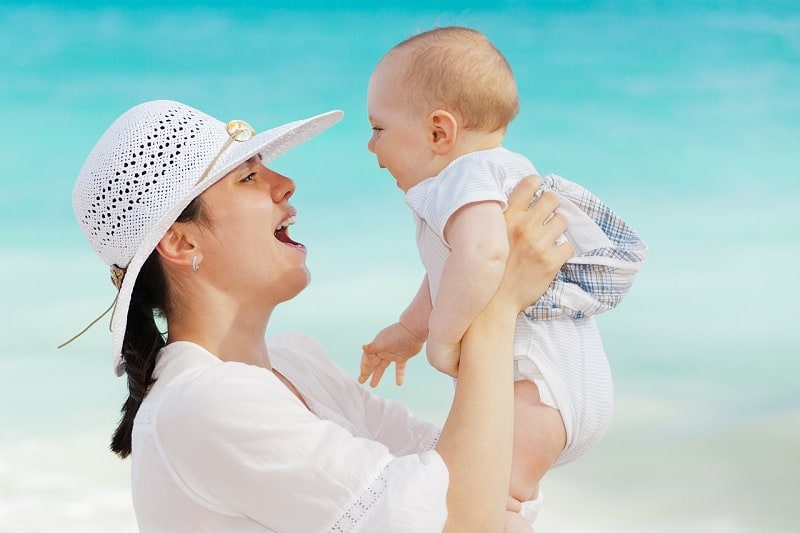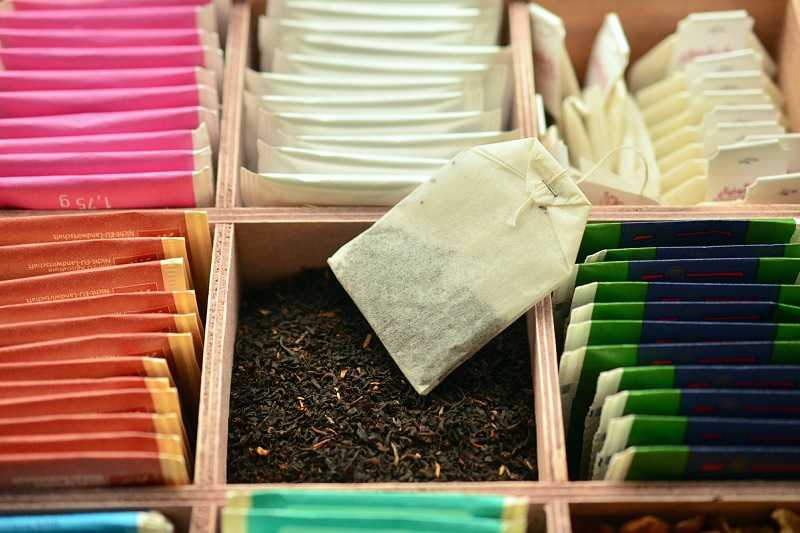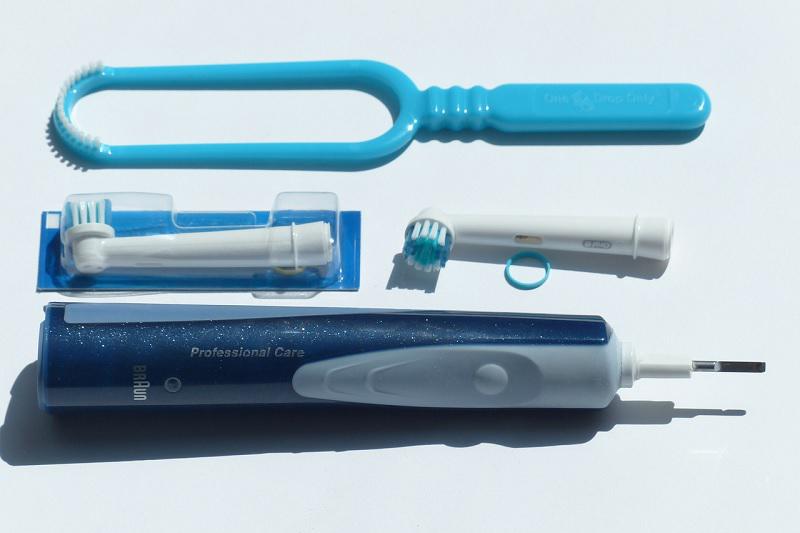In the first few months alone, babies typically use between six and 12 nappies a day (up to 372 a month).
That’s an awful lot of laundry if you use reusable nappies, on top of all the baby clothes and bedding you’ll also be washing every day.
Being a parent of a small baby can be exhausting and non-stop, so it’s no wonder many of us choose disposable nappies to make life easier.
They’re also a much more practical option when you’re out and about or travelling.
Critics of reusable nappies claim they require so much washing that they are no better for the environment than disposables.
But there is no doubt that disposable nappies are causing massive problems to our environment.
Disposable nappies can take 200-500 years to decompose, and around 8 million nappies are disposed of per day in the UK, resulting in over half a million tons of waste in the UK every year.
But there is another option now available to green-minded parents: biodegradable disposable nappies.
These supposedly eco-friendly nappies are as convenient to use as traditional disposable nappies, but are they really better for the environment?
Table of Contents
Are Biodegradable Nappies Really Eco-Friendly?
Unfortunately, it’s not all good news when it comes to biodegradable nappies.
It’s not always considered safe to put biodegradable nappies in your compost bin because of the potential health risks (although some parts of the nappy may be suitable for compost), and this method of disposal might not be practical given the number of nappies a baby goes through in a day.
So, the majority of biodegradable nappies usually end up in landfill just like the regular ones.
Although biodegradable nappies have the potential to fully decompose quickly in the right conditions, many landfill sites are often too tightly packed to allow this to happen, with many biodegradable nappies still taking 50 years to decompose.
Biodegradable items in landfill also release the greenhouse gas methane, adding to another environmental problem.
Although they’re not the perfect solution, biodegradable nappies are probably still a better choice for the environment than regular nappies.
The benefits of biodegradable nappies include fewer potentially harmful chemicals (less irritating to delicate baby skin), and production processes that are less damaging to the environment.
The companies producing these nappies also tend to rate higher on Ethical Consumer’s ratings for animal testing, workers’ rights and climate change than the major nappy brands.
If you do want to make the switch from regular to biodegradable nappies, we’ve listed a few of the more popular products available to buy right now.
Best Biodegradable Nappies in the UK
1. Bambo Nature Premium Eco-Nappies
Bambo claim that their award-winning Nature Premium Eco-Nappies are the most biodegradable nappies on the market.
These nappies aren’t fully biodegradable but the inner core is removable, and can be placed safely in any compost bin, reducing the amount of waste sent to landfill.
The outer layer still needs to be disposed of with regular waste.
Bambo work hard to make sure the production of their nappies has minimal environmental impact, and these nappies are also hypoallergenic and contain no nasty irritants, so they’re ideal if your baby has sensitive skin.
Bambo nappies fit well and have a look and feel of traditional disposable nappies, but they can be prone to leaking.
2. Beaming Baby Bio-Degradable Mini Nappies
Beaming Baby Bio-Degradable Mini Nappies have an absorbent core similar to regular disposable nappies, made of conventional gel and corn starch gel.
Like many eco-friendly disposable nappies, these are great for babies with sensitive skin, and they also contain soothing chamomile to protect from nappy rash, eczema or asthma.
The absorbent core is designed to keep your baby dry for up to 12 hours. However, some parents have reported that the nappies can leak overnight.
These are good quality biodegradable nappies, but they aren’t the cheapest available.
3. Moltex Nature Disposable Nappies
Moltex Nature Disposable Nappies were one of the first brands of biodegradable nappies available on the market.
These nappies are also great for baby sensitive skin as they’re free from chlorine, perfumes and other irritants.
These nappies are made with 40% renewable raw materials, 100% chlorine-free absorbent core, FSC certified cellulose derived from wood and 100% biodegradable inner fluff.
Each nappy has a three layer core to protect your baby from leaks. The nappies are fragrance free, but tea-leaf extract has been added to neutralise odours.
Unfortunately these nappies do have a strange odour not found in other biodegradable nappies, but if you can ignore the smell they’re a good quality nappy.
Biodegradable Nappies vs. Reusable Nappies
Reusable cloth nappies are usually a cheaper and more environmentally friendly choice than biodegradable nappies.
Reusable nappies need to be washed, which uses energy and water, but the environmental effect of this is probably smaller than that of making new disposable nappies and shipping them.
Reusable nappies are cheaper—total nappy expenditure for a baby is estimated at £250 for reusables and £700-1,000 for disposables.
Biodegradable nappies are even more expensive, so reusables definitely make more sense economically.
‘Biodegradable’ nappies aren’t fully biodegradable and can take a long time to decompose, so they’re not always practical for composting in your garden.
They are more convenient as you don’t need to wash them, but they are expensive and not especially environmentally friendly.
Biodegradable Nappy FAQs
Why are biodegradable nappies so expensive?
Biodegradable nappies can be much better for the environment than conventional nappies, and they’re easy and convenient for busy parents, but one problem can be the cost. So why are biodegradable nappies so expensive?
Biodegradable nappies (and their packaging) are typically made using eco-friendly, biodegradable materials, that can be between 2 to 10 times more expensive to manufacture.
The good news is that as more consumers switch to biodegradable products, the demand for eco-friendly materials increases, causing prices to drop.
This means that the price of biodegradable nappies could drop over time, and one day they may be as cost effective as traditional disposables.
Are biodegradable nappies really biodegradable?
Biodegradable nappies might seem like the perfect eco-friendly solution for busy parents, but are they really biodegradable?
The simple truth is that no disposable nappy is 100% biodegradable, and most eco-friendly brands claim that their nappies are made of 60% to 80% biodegradable material.
It’s also worth knowing that any biodegradable material in nappies can only decompose effectively in the right conditions. Many biodegradable nappies end up in landfill, where tightly packed conditions means they can still take a long time to biodegrade.
How long do biodegradable nappies take to decompose?
In the right conditions, biodegradable nappies should decompose relatively quickly.
For example, Mama Bamboo claim on their website that their “nappies will currently biodegrade over 60% in less than 3 months and can achieve 80% within 2 years.
However, biodegradable nappies disposed of in landfill sites will take much longer to decompose – potentially taking as long as 50 years according to waste experts.
Where do you dispose of biodegradable nappies?
We’ve mentioned how disposing of biodegradable nappies in landfill sites isn’t a great idea, as they can still take a long time to decompose. In fact, they can even cause further problems for the environment, due to the emission of methane (a greenhouse gas) as they break down.
The most environmentally friendly way to dispose of biodegradable nappies is to turn them into compost, but Recycle Now currently advises against putting any kind of disposable nappies in your regular compost bin for collection by your local council.
Some countries, such as Canada and New Zealand, offer a service that collects used biodegradable nappies and turns them into reusable compost.
However, there don’t seem to be any industrial facilities that you can take biodegradable nappies to, or one that offers a pickup service in the UK. Many environmentalists hope the UK will offer similar schemes in the near future.
Another option is to learn to turn your nappies into compost at home (see the section on below).
Can you compost biodegradable nappies?
It’s certainly possible to compost biodegradable nappies yourself at home, but it does take quite a lot of effort and commitment.
It’s not usually recommended to compost biodegradable nappies in a regular compost bin, although it may be possible if your remove any biodegradable plastic first.
It’s worth checking the recommendations for your composting bin, and there are also hygiene issues to consider.
Some biodegradable nappy brands allow you to compost some parts of the nappy only , but the rest will still need to go to landfill (check the instructions for the brand you use if you can).
Ecobaby suggests using your own worm composter to turn used biodegradable nappies into compost. These can take up quite a bit of space in your garden, and require some effort, but there are plenty of instructions online if you want to give it a go.
Disposable Nappy FAQs
Are disposable nappies biodegradable?
Although disposable nappies are more biodegradable than they once were, experts believe that a typical disposable nappy may take 200 to 500 years to decompose.
The majority of disposable nappies end up in landfill, with 8 million nappies taken to UK landfills every year.
Landfills are tightly packed and don’t allow oxygen to get through, so the natural process of biodegrading slows down even further.
Do disposable nappies contain plastic?
Most disposable nappies are made from 50% plastic and 50% wood pulp and are “far more damaging than a coffee cup” according to Baba+Boo.
Plastic parts of a nappy may include the tabs that fasten around the legs, the elastic and the cover sheet at the back that prevents leaks.
Are Naty nappies biodegradable?
At the moment, it’s impossible to buy any brand of nappy that’s 100% biodegradable.
However, Naty nappies are still a good eco-friendly option at around 70% biodegradable, so they will potentially break down quicker than a nappy with less biodegradable ingredients and more of the nappy can be composted.
Are Aldi nappies biodegradable?
Aldi Mamia nappies are a great economical choice for new parents, and are available from new-born size to size 6 for toddlers.
We couldn’t find information about the biodegradability of Aldi Mamia nappies, and like most disposables they do contain plastic.
However, Aldi state that their nappies are made with fibres from the Sustainable Forestry Initiative, suggesting that Aldi are trying to make their disposables more environmentally friendly.
Are Huggies nappies biodegradable?
Huggies do contain some naturally biodegradable material such as wood cellulose fibre, but they also contain quite a few ingredients that take a long time to naturally biodegrade, such as polypropylene and polyethylene.
There’s no real information available from Huggies on just how biodegradable their nappies really are, but they do appear to contain a higher amount of plastic than biodegradable nappies.
Conclusion
If we had to recommend just one of these products it would be Bambo Nature Premium Eco-Nappies as they look and feel very similar to regular disposable nappies and tend to be highly rated by parents.
However, they aren’t fully biodegradable, like all disposable nappies on the market at the moment.

Clare began her career as a technical writer, but since having her boys has worked mostly from home writing content for various websites, including health and beauty and educational resource sites.




